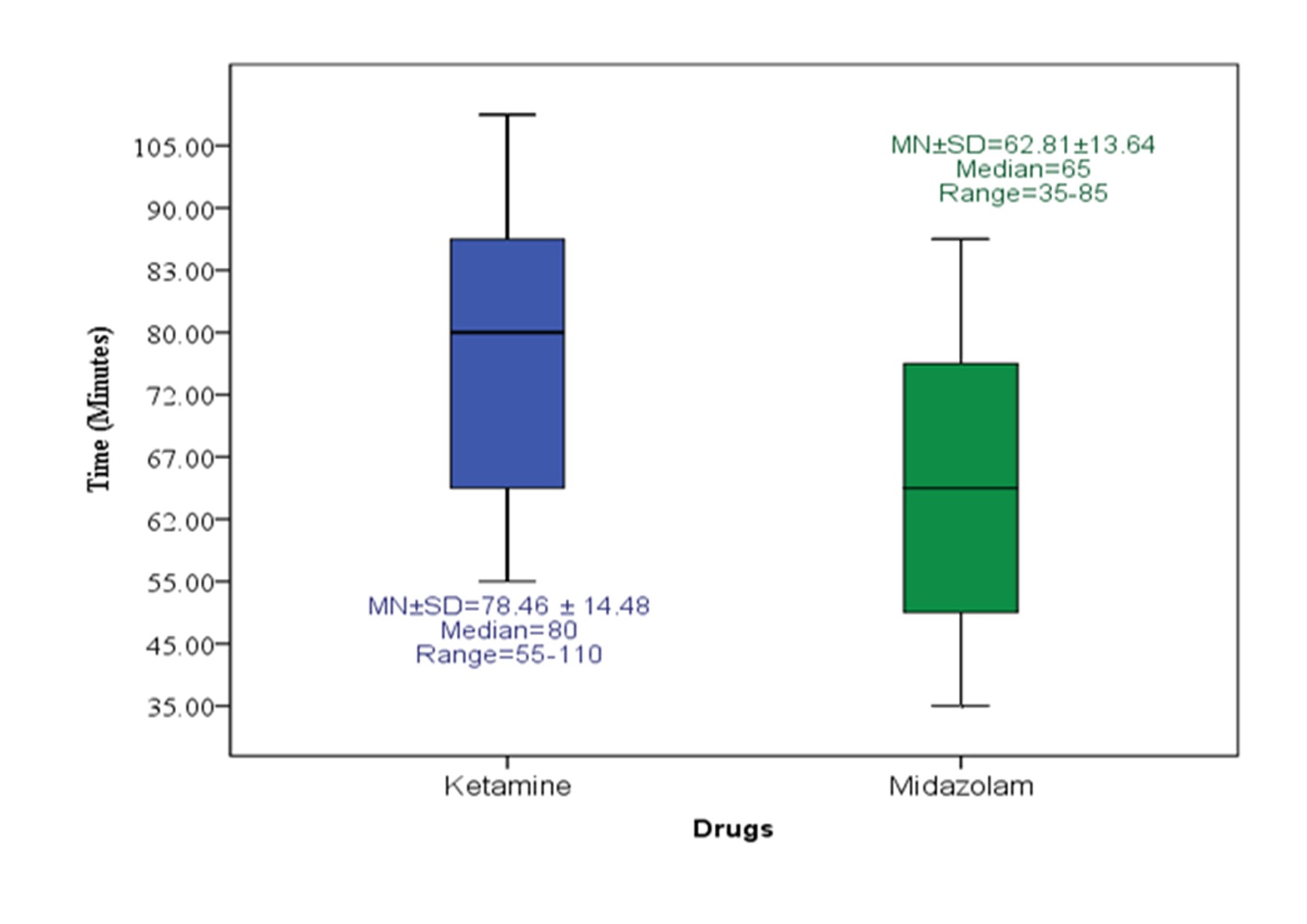A COMPARATIVE, RANDOMIZED AND CONTROLLED TRIAL OF THE EFFECTIVENESS OF ORAL KETAMINE AND ORAL MIDAZOLAM IN PAEDIATRIC DENTAL SEDATION
Midazolam and Ketamine as Sedatives
DOI:
https://doi.org/10.5281/acs.v10i2.220Keywords:
Paediatric sedation, oral ketamine, oral midazolamAbstract
Background: Dental anxiety among children can lead to uncooperative behaviours which can compromise treatments. Employing sedation for anxiolysis can reduce uncooperative behaviours, facilitate provision of prompt and adequate care to children. This study was designed to compare the effectiveness of oral ketamine and oral midazolam as sedatives among children undergoing elective dental treatments.
Methodology: A total of one hundred and four (104), ASA I and II patients between the ages of 3 – 9 years, were randomized into two groups of 52 patients each. Group A patients received ketamine 7.5 mg.kg-1 orally, while group B patients received midazolam 0.75 mg.kg-1. The intravenous forms of both drugs were formulated in apple juice and administered par oris. After achieving Ramsay sedation score (RSS) 3, all the patients receive IV paracetamol 15 mg.kg-1 through a previously identified vein to which EMLA cream was applied. Pain score during cannulation was assessed using the FLACC scoring system.
Results: The time to achieve a Ramsay sedation score (RSS) 3 was faster among the patients in the ketamine group versus midazolam group (24.25 ± 5.55 min versus 28.79 ± 5.75 min, respectively) p<0.001. Behaviour of the patients was better in the midazolam group (p=0.026). Time to respond to stimulus in the recovery room was similar between the two groups (p=0.867). While the mean discharge time was shorter in the midazolam group than the ketamine group (62.81 ± 13.64 and 78.46 ±14.48 min respectively); p<0.001. Midazolam had fewer side effects than ketamine; vomiting (0% vs 15%), hypersecretion (0% vs 17.3%), Nystagmus (0% vs 26.9%), somnolence (5.8% vs 28.8%) and crying (5.8% vs 9.6%).
Conclusion: Both agents were effective in providing favourable conditions for dental treatments. However, midazolam demonstrated superior behavioural outcomes, shorter discharge times and better side effect profile, thereby favouring its choice in outpatient paediatric dentistry.





